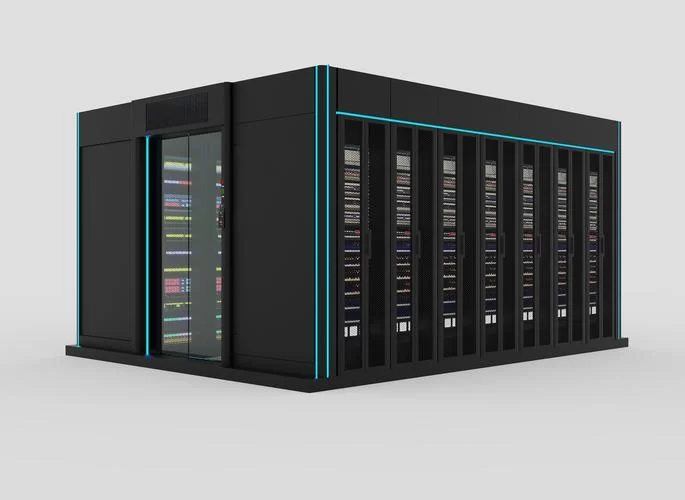Green Data Centers: The Role of Energy Storage Cabinets in Achieving Energy Efficiency and Sustainability

In the age of digital transformation, data centers have become the backbone of our information-driven world. These facilities, housing vast amounts of data and supporting numerous applications, consume significant amounts of energy. As the demand for data centers grows, so does the need to manage their energy consumption effectively. One innovative solution that has emerged is the integration of energy storage cabinets. These cabinets not only ensure reliability but also play a crucial role in achieving energy efficiency and sustainability goals.
The Need for Energy Efficiency in Data Centers
Data centers are notorious for their high energy consumption, with some estimates suggesting they account for nearly 1% of global electricity use. This figure is expected to rise as data traffic increases. The challenge lies in balancing the demand for continuous, reliable power with the need to reduce carbon footprints and operational costs. Energy storage cabinets offer a viable solution by optimizing energy usage and supporting sustainability efforts.
How Energy Storage Cabinets Work
Energy storage cabinets, typically equipped with advanced battery systems, store electricity during periods of low demand or when renewable energy sources, such as solar or wind, are generating excess power. This stored energy can then be deployed during peak demand periods or when renewable generation is low. By doing so, energy storage cabinets help to flatten the load curve, reducing the need for additional power from the grid, which is often generated from non-renewable sources.
Benefits of Energy Storage Cabinets in Data Centers
- Load Shifting and Peak Shaving: One of the primary advantages of energy storage cabinets is their ability to shift loads. By storing energy during off-peak hours and releasing it during peak times, data centers can reduce their reliance on grid power when it is most expensive and carbon-intensive. This not only cuts energy costs but also alleviates stress on the electrical grid.
- Integration with Renewable Energy: Data centers integrating renewable energy sources face the challenge of intermittency. Energy storage cabinets can store surplus energy generated during periods of high renewable output and discharge it when generation is low, ensuring a steady and reliable power supply. This integration maximizes the use of clean energy and reduces dependence on fossil fuels.
- Enhanced Reliability and Resilience: Energy storage systems provide a buffer against power outages and fluctuations. In the event of a grid failure, these systems can immediately supply power, ensuring the continuous operation of critical data center functions. This resilience is vital for maintaining service availability and protecting data integrity.
- Reducing Carbon Footprint: By optimizing energy use and incorporating more renewable energy, data centers can significantly reduce their carbon emissions. Energy storage cabinets enable a more efficient energy management strategy, contributing to a greener and more sustainable operation.
Several leading tech companies have already begun integrating energy storage solutions into their data centers. For example, Google has been experimenting with using lithium-ion batteries as a backup power source in its data centers, aiming to eliminate the need for diesel generators. Similarly, Microsoft has explored the use of hydrogen fuel cells as part of its commitment to become carbon negative by 2030.
The future of data centers is undoubtedly green, with energy storage cabinets playing a pivotal role. As technology advances, we can expect to see even more efficient and cost-effective storage solutions emerge. Innovations such as solid-state batteries and advanced energy management systems will further enhance the sustainability of data centers.
Energy storage cabinets represent a significant step forward in the quest for greener, more sustainable data centers. By enabling load shifting, integrating renewable energy, enhancing reliability, and reducing carbon footprints, these systems offer a comprehensive solution to some of the most pressing challenges facing data centers today. As the demand for data services continues to grow, the adoption of energy storage technologies will be crucial in ensuring that data centers can meet this demand in an environmentally responsible manner.
